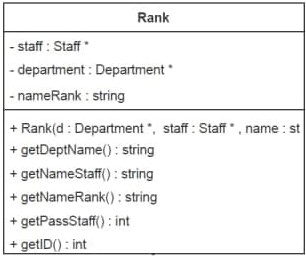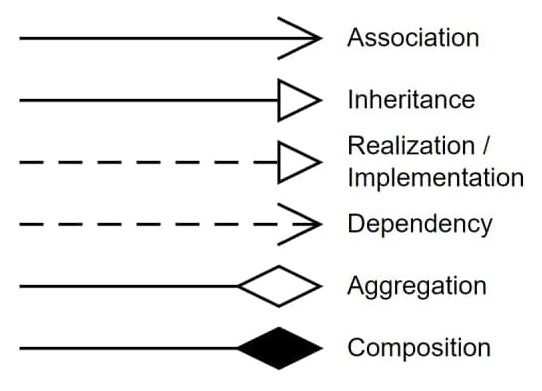Here some tips to write a good paper.
- Title – Ensure your paper title is precise, highlight the objectives of your paper and include the keywords that you expected for citations
- Abstract – Should be short, sufficiently informative. Abstract should reveal the research problem and state clearly how you tackle it, with what method and should be wrapped with your contributions
- Introduction – Be straight forward, highlight the objectives and proper keywords for citations
- Conclusion – Should be something different to Abstract, highlight the greatness of your works. In conclusion, objectives achievement and your works’ shortcomings should be addressed well in Conclusion. Also, don’t disclose future works.
Happy reading and writing.









Recent Comments